35th marathon for David Redor in Colorado. America’s ultimate challenge: Pikes Peak!
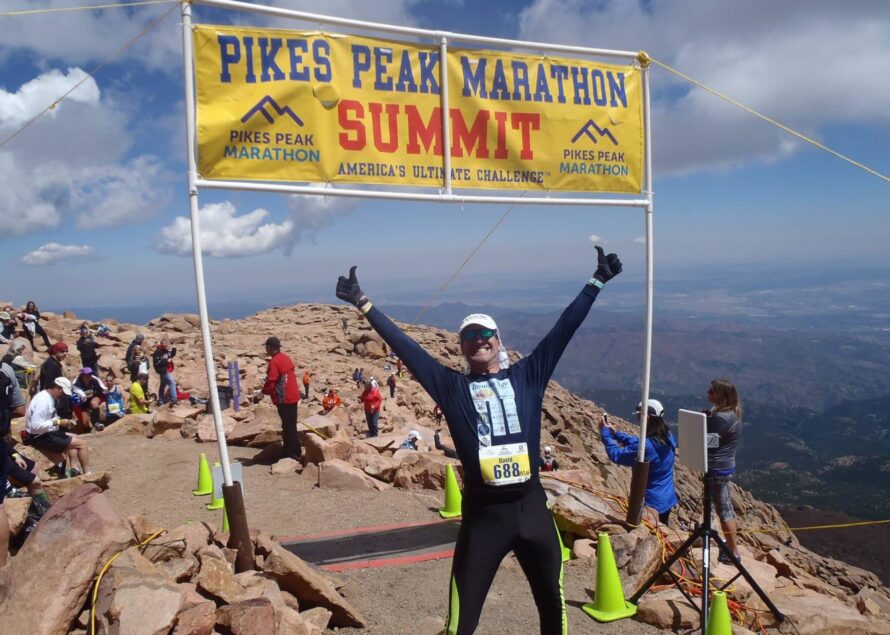
That’s it: I’m in Colorado Springs! I arrived here one week before the race in order to get acclimated to the altitude. The town is perched at an altitude of 6,035 feet above sea level.
My agenda this week: a lot of rest, management of my breathing and aerobic capacity in altitude, but also a bit of training to check how my heart and body react when running these steep uphills.
 I met Sean, a really cool Frenchman who lives in Florida. He had run the Marathon last year and ran this year the “Ascent,” i.e. 13.32 miles uphill with an elevation gain of 7,817 feet. I spent several days with him benefiting from his advice, training and visiting the area.
I met Sean, a really cool Frenchman who lives in Florida. He had run the Marathon last year and ran this year the “Ascent,” i.e. 13.32 miles uphill with an elevation gain of 7,817 feet. I spent several days with him benefiting from his advice, training and visiting the area.
In front of me all day long, Pikes Peak was overwhelming me even from a distance: looked like blood, sweat, and tears! The weather was nice but I knew and could see how unpredictable the weather could be at the summit, changing very rapidly. During the week, we experienced all sorts of weather: warm, cool, windy, rainy and stormy. Only the snow was missing and it was a good thing: Dealing with snow at the summit – as it happened several times in years before – would not have been my cup of tea.
I got my bib on Thursday, attended the Pasta Party on Friday night, but on Saturday I only rested and focused on the course. I fell asleep around 11 p.m. and woke up at 5:15 a.m. I took my three packets of Immun’Âge® but had a very light breakfast as I ate a lot the evening before. My outfit was complete: long running tights, a long sleeve T-shirt to prevent sunburn, gloves, a cap, a bandana to protect my neck and a windbreaker rolled up in a belt to protect from the cold at the summit.
Sean picked me up as he wanted to see the start of the marathon. After reviewing the advice he had given me, he gave me a handheld water bottle in case it got really hot. After a moment of hesitation, I took the bottle, not knowing that it would save my life.
We went to the start in Manitou Springs, a beautiful small town. I took a few pictures as the sun was shining and the mountain was superb. At 7.a.m. the race started. Off we went! 800 selected runners taking off towards the legendary Pikes Peak! Following Sean’s advice, I started very slowly. The first two kilometers were on a road and already uphill.
After leaving the town and the road, we ran on a trail up to the summit. The pace slowed down as the trail was being gridlocked. It was impossible to pass runners as the trail was too narrow. Later on, it got better and with the trail sometimes becoming wider, sometimes flat and sometimes even going downhill, I finally could pass a few runners. I did not have time to check my pace as I had to focus on my footing and my aerobic capacity, which so far had been good. I felt good and reached km 10 – i.e. almost half of the ascent – in 1:46. At this point, I thought that I might be able to reach the summit in less than four hours. However, I don’t think that I had properly looked at the mountain (lol) because it got tougher very fast. I used Sean’s bottle a lot, constantly taking a sip of Gatorade and, without the bottle, I would have suffered from dehydration. There were many aid stops, but all the same, I was constantly thirsty.
 At km 14, we received the first shock: The hill got steeper and we started to feel the lack of oxygen. We switched from running to brisk walking and it became more difficult to breathe. I reached my anaerobic threshold three times. I had to stop, breathe a few seconds and continue at a slow pace. I reached km 15 in 2:58 and I fully understood why four hours to reach the summit was quite a pipe dream. We started crossing the first runners that came down. We gave them, of course, the right of way and yielded, which made us lose a lot of time to reach the summit.
At km 14, we received the first shock: The hill got steeper and we started to feel the lack of oxygen. We switched from running to brisk walking and it became more difficult to breathe. I reached my anaerobic threshold three times. I had to stop, breathe a few seconds and continue at a slow pace. I reached km 15 in 2:58 and I fully understood why four hours to reach the summit was quite a pipe dream. We started crossing the first runners that came down. We gave them, of course, the right of way and yielded, which made us lose a lot of time to reach the summit.
Km 17 gave us the final blow. We left the forest and were met by cold wind gusts. I put on my windbreaker. The grade became steeper and, at more than 13,000 feet, oxygen became scarce. We had a hard time to keep going. The brain no longer being supplied with enough oxygen, our movements lacked coordination, we no longer thought clearly and were feeling dizzy. A very puzzling feeling. I wondered who was in charge of my body and if I was going to faint. I had to stop often, bend over to get some blood into my head, breathe hard and try to come to my senses. Some runners were lying on rocks and I asked if they were OK. The Mountain Rescue team and members of the organization were worried about our mental state. They asked us our name and made us repeat our first name.
I reached km 20 in 4:40 and the half marathon in 5:08. I had not reached the summit yet. I had 300 meters to go and I reached it in 5:18. Ten minutes for 300 meters… That shows you how difficult it was. Once at the summit, it was wonderful and I enjoyed the breathtaking (even though breath had been taken away long ago) view and magnificent landscapes. We were at 14,000 feet but strangely enough, the sun was warm and it was less cold than 500 meters below. I took some pictures, got something to eat and rested ten minutes to catch my breath and try to regain my senses. My state of mind was uncanny and new to me, but quite interesting, I thought. And I started the descent.
The second part of the ascent had been very steep. The first part of the descent was going to be dizzying. I had to be very careful as I do not have the balance for this and this is not my forte. I started to go down very carefully, tongue stuck to the roof of my mouth (to not cut it if falling) and at a very slow pace watching the ground and focusing on my footing. I knew that each stride could be the last one, and my challenge would be over on the face of Pikes Peak – something that was out of the question. Between km 22 and 25, I got a few scares and several opportunities to sprain my ankle. Out of respect for my sponsors and my challenge, I took a logical decision, switched gears and walked the sharp turn stretches as well as the stretches riddled with roots and half-buried stones. My time was no longer important as I knew that I largely made the cut-off time. Thus I could continue being careful and take time to shoot pictures of this magnificent scenery.
 I came upon a blind lady who was running the Marathon with a guide. I was very moved and impressed by her and congratulated her. Next to her, we hardly deserve a handshake at the finish line.
I came upon a blind lady who was running the Marathon with a guide. I was very moved and impressed by her and congratulated her. Next to her, we hardly deserve a handshake at the finish line.
The more we went down, the more I regained my senses and the better I breathed. At km 28, I helped a runner who had fallen in front of me to get back up. He did not have any serious booboos and could go on. Kilometers stretched out, they seemed to take an age and I reached km 30 in 7:15. The weather was nice now and I took off my windbreaker, which had been very useful up to the summit, and wrapped it around my waist.
The trail became less dangerous on the second leg of the descent. I decided to speed up and thus could pass several runners and gain a little time. The finish area was not too far. We were high up and could see the valley below. A few sharp turns more and I reached the road. The descent continued until the finish line and I ended the race with long strides. There was a big crowd applauding us in the center of the town, which we appreciated a lot. A last turn at the end of the descent and here was the finish line that I passed in 8:59:56 (The organization counted 9:00:46, I believe).
I got my magnificent medal and my finisher jacket before meeting with Sean who was taking pictures at the finish. I took my Immun’âge®, got something to eat, drank two well-deserved cold beers and sat down to chat with Sean and another runner. We grabbed a bite to eat and watched the last runners, some passing the line in almost twelve hours. Even if they did not make the cut-off time, they deserve all our respect as completing this race is an exploit in itself. Kudos to them!
Ron, the Marathon organizer, a very kind man with whom I talked on Thursday night, had declared during a TV interview before the race that this marathon was the most difficult marathon in the world, and I can only agree with him! This race is worth running at least once in a life time – for those who can qualify – as it is unique from every point of view. The ambiance among runners was very good; the volunteers and bystanders livened up the race; the mountain rescue team ensured that we were safe. The weather was perfect. The sun did not overwhelm us and shone only when necessary! For the pictures, it was a perfect day.
You could feel that this well-oiled organization has been in place for a long time, this marathon being a world reference for running.
I am going to spend the entire week resting and recover as fast as possible as I am running the Nebraska State Fair Marathon next Saturday.
Have a nice week!
David

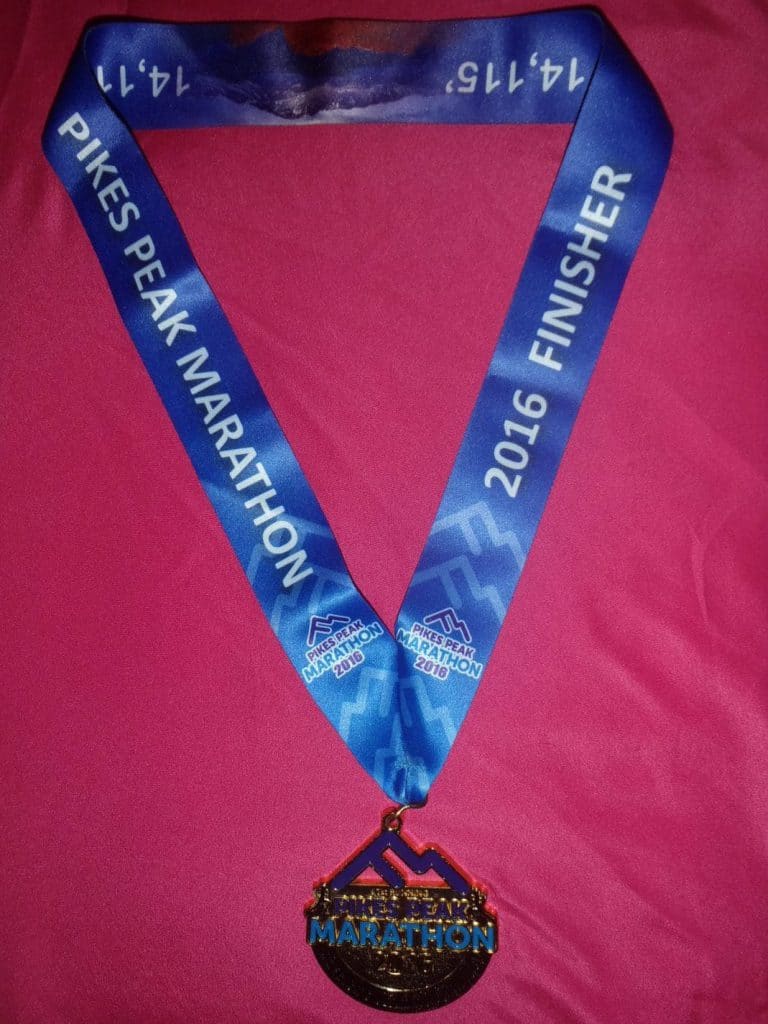 OLYMPUS DIGITAL CAMERA
OLYMPUS DIGITAL CAMERA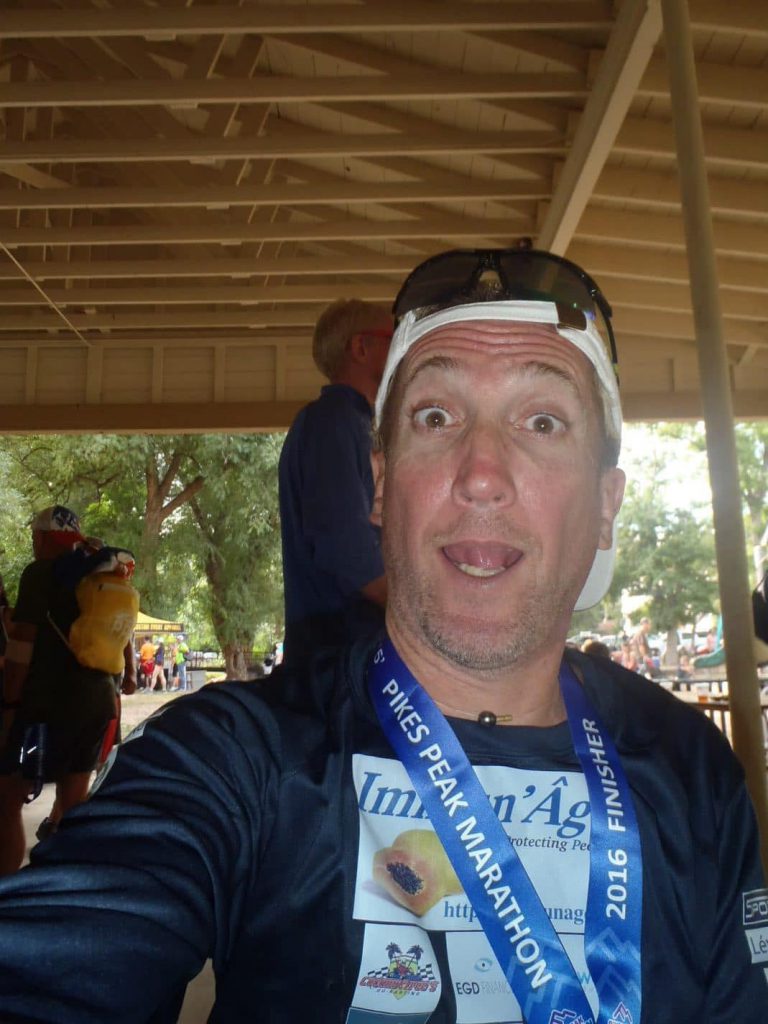 OLYMPUS DIGITAL CAMERA
OLYMPUS DIGITAL CAMERA OLYMPUS DIGITAL CAMERA
OLYMPUS DIGITAL CAMERA OLYMPUS DIGITAL CAMERA
OLYMPUS DIGITAL CAMERA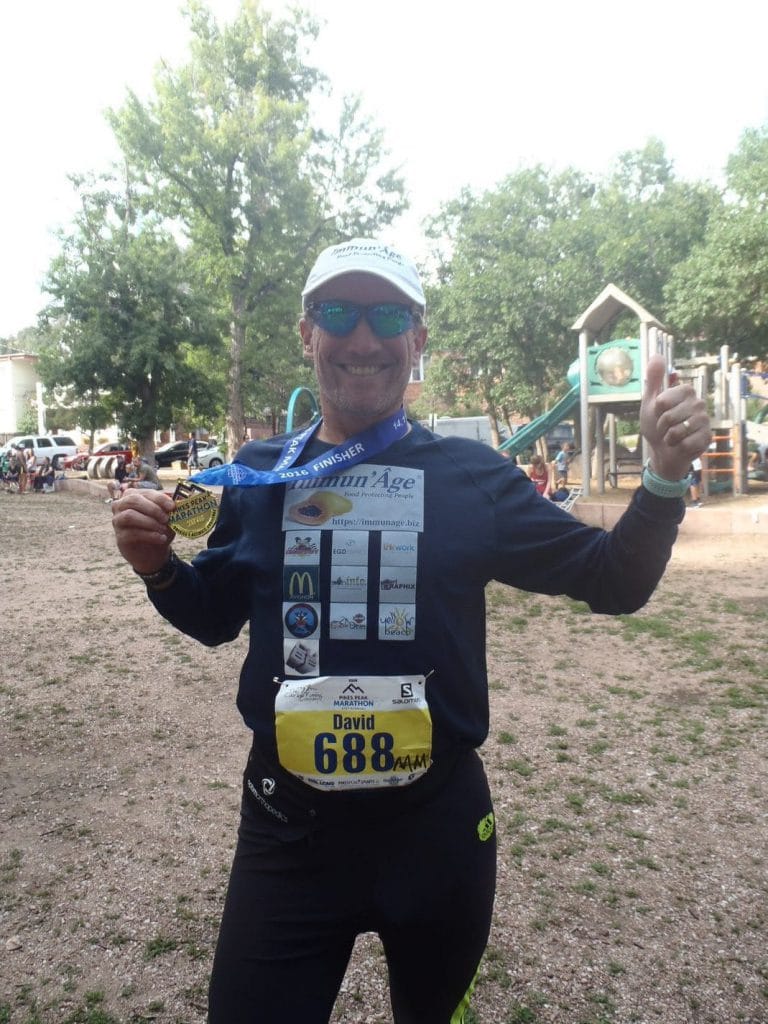 OLYMPUS DIGITAL CAMERA
OLYMPUS DIGITAL CAMERA OLYMPUS DIGITAL CAMERA
OLYMPUS DIGITAL CAMERA OLYMPUS DIGITAL CAMERA
OLYMPUS DIGITAL CAMERA OLYMPUS DIGITAL CAMERA
OLYMPUS DIGITAL CAMERA OLYMPUS DIGITAL CAMERA
OLYMPUS DIGITAL CAMERA OLYMPUS DIGITAL CAMERA
OLYMPUS DIGITAL CAMERA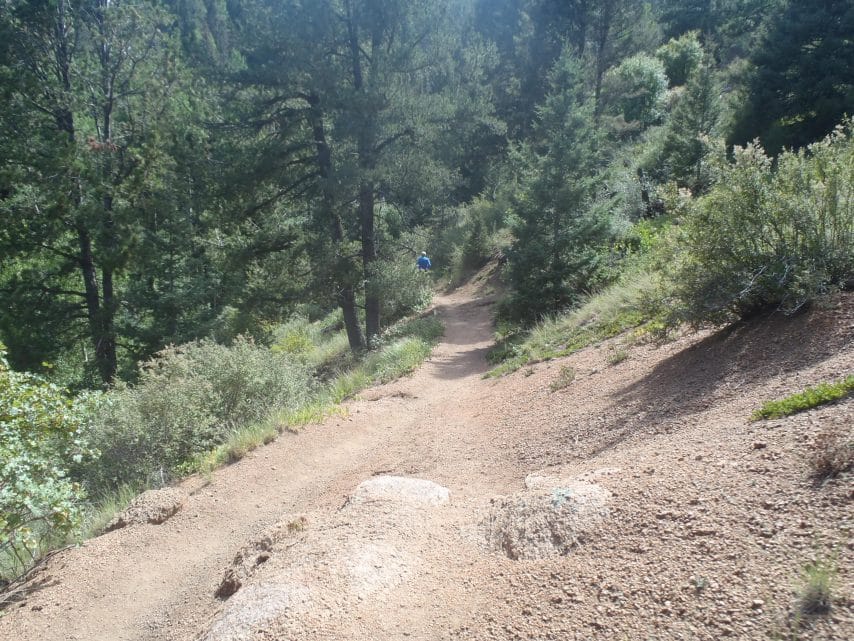 OLYMPUS DIGITAL CAMERA
OLYMPUS DIGITAL CAMERA OLYMPUS DIGITAL CAMERA
OLYMPUS DIGITAL CAMERA OLYMPUS DIGITAL CAMERA
OLYMPUS DIGITAL CAMERA
 OLYMPUS DIGITAL CAMERA
OLYMPUS DIGITAL CAMERA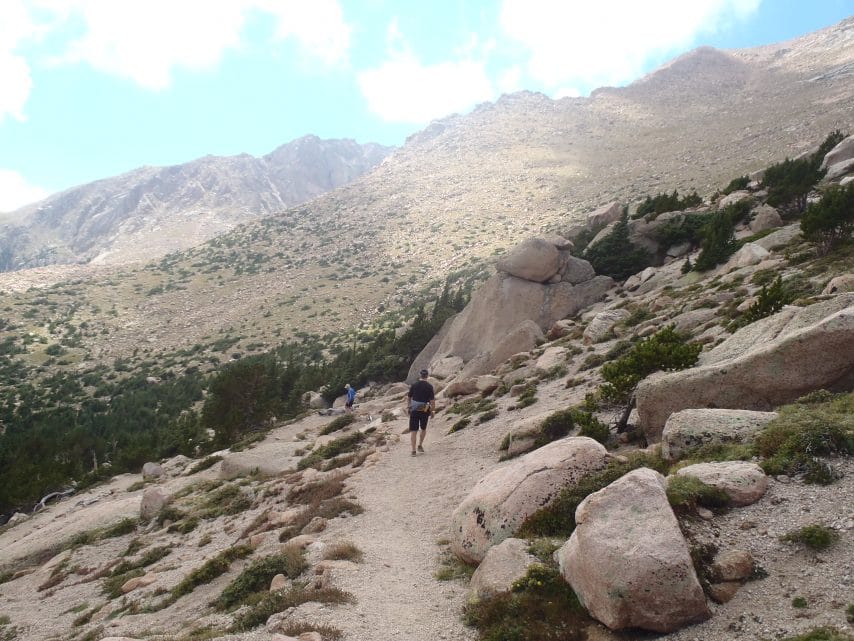 OLYMPUS DIGITAL CAMERA
OLYMPUS DIGITAL CAMERA OLYMPUS DIGITAL CAMERA
OLYMPUS DIGITAL CAMERA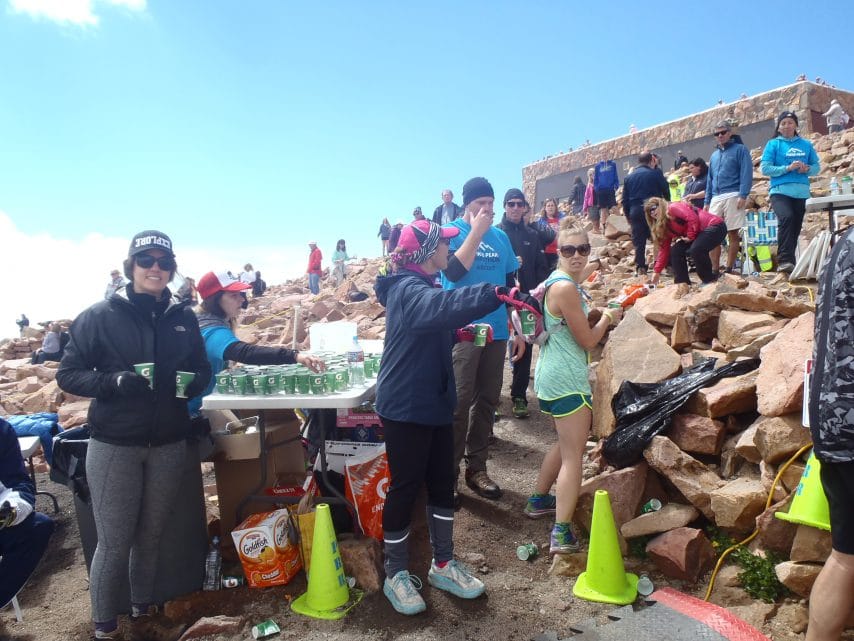
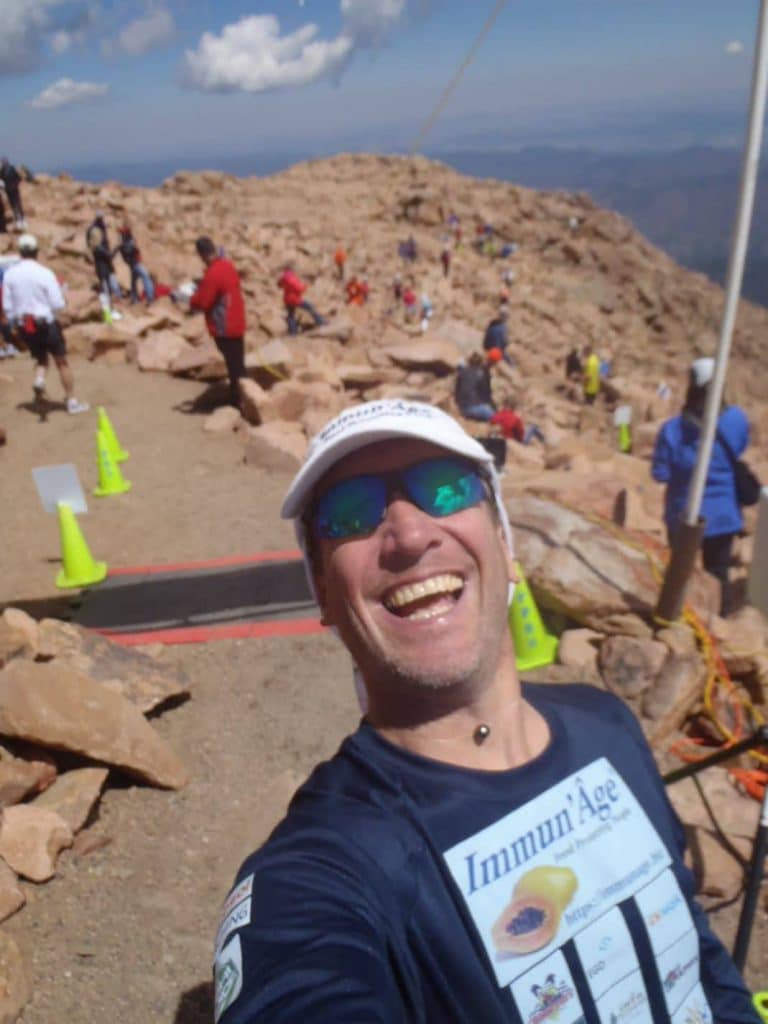
 OLYMPUS DIGITAL CAMERA
OLYMPUS DIGITAL CAMERA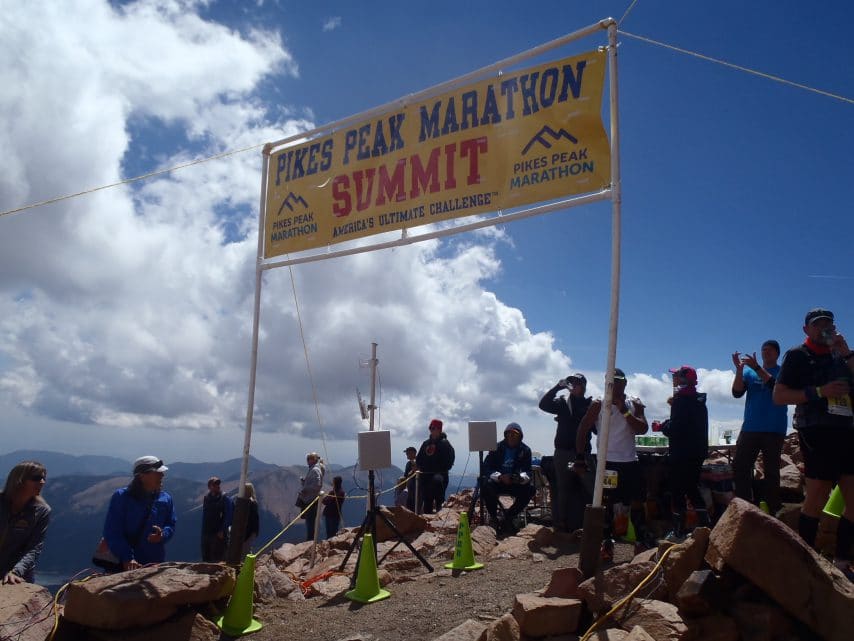 OLYMPUS DIGITAL CAMERA
OLYMPUS DIGITAL CAMERA OLYMPUS DIGITAL CAMERA
OLYMPUS DIGITAL CAMERA OLYMPUS DIGITAL CAMERA
OLYMPUS DIGITAL CAMERA OLYMPUS DIGITAL CAMERA
OLYMPUS DIGITAL CAMERA OLYMPUS DIGITAL CAMERA
OLYMPUS DIGITAL CAMERA OLYMPUS DIGITAL CAMERA
OLYMPUS DIGITAL CAMERA OLYMPUS DIGITAL CAMERA
OLYMPUS DIGITAL CAMERA OLYMPUS DIGITAL CAMERA
OLYMPUS DIGITAL CAMERA OLYMPUS DIGITAL CAMERA
OLYMPUS DIGITAL CAMERA OLYMPUS DIGITAL CAMERA
OLYMPUS DIGITAL CAMERA OLYMPUS DIGITAL CAMERA
OLYMPUS DIGITAL CAMERA OLYMPUS DIGITAL CAMERA
OLYMPUS DIGITAL CAMERA OLYMPUS DIGITAL CAMERA
OLYMPUS DIGITAL CAMERA OLYMPUS DIGITAL CAMERA
OLYMPUS DIGITAL CAMERA OLYMPUS DIGITAL CAMERA
OLYMPUS DIGITAL CAMERA
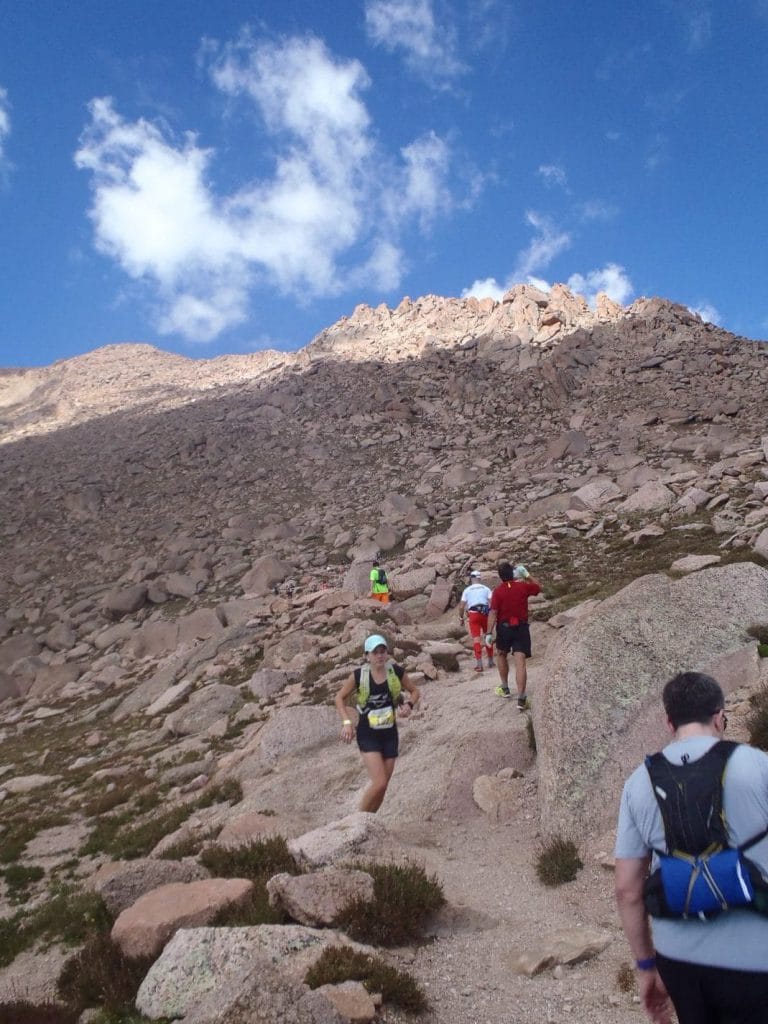 OLYMPUS DIGITAL CAMERA
OLYMPUS DIGITAL CAMERA OLYMPUS DIGITAL CAMERA
OLYMPUS DIGITAL CAMERA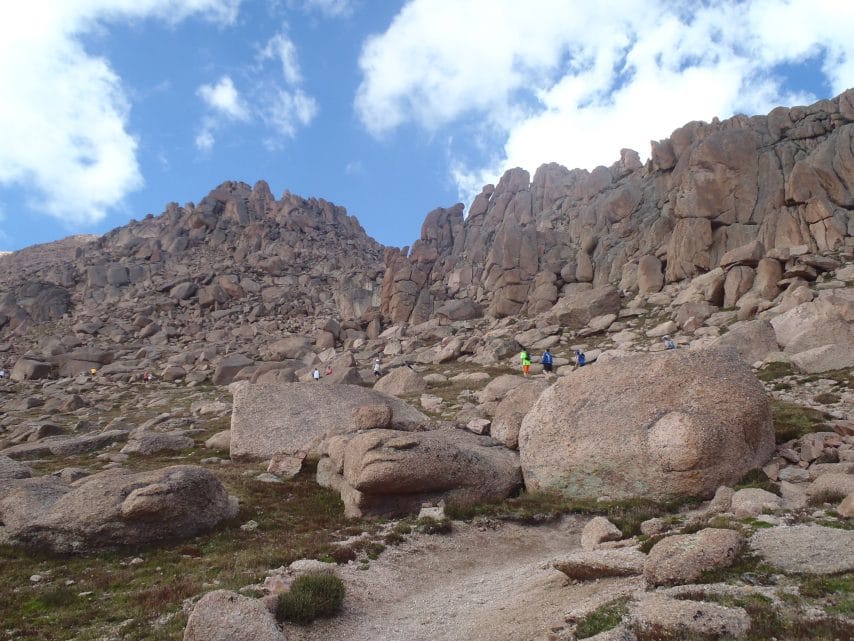 OLYMPUS DIGITAL CAMERA
OLYMPUS DIGITAL CAMERA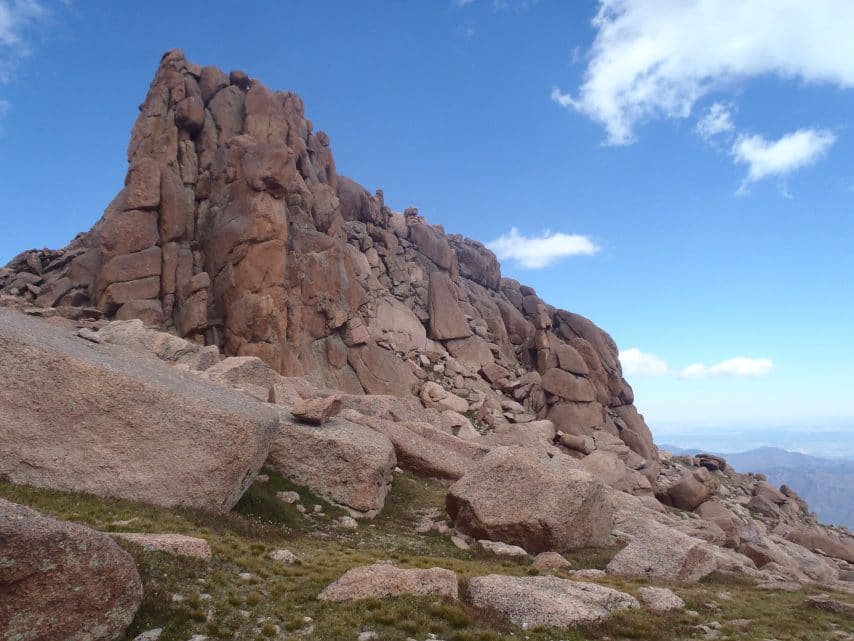 OLYMPUS DIGITAL CAMERA
OLYMPUS DIGITAL CAMERA OLYMPUS DIGITAL CAMERA
OLYMPUS DIGITAL CAMERA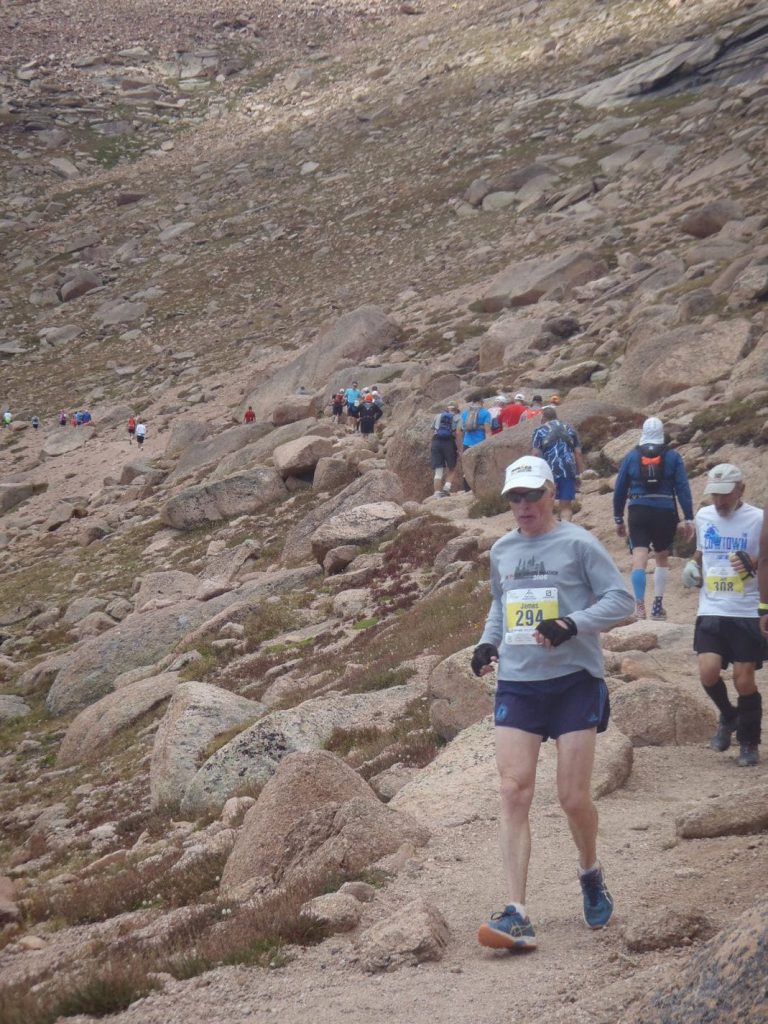
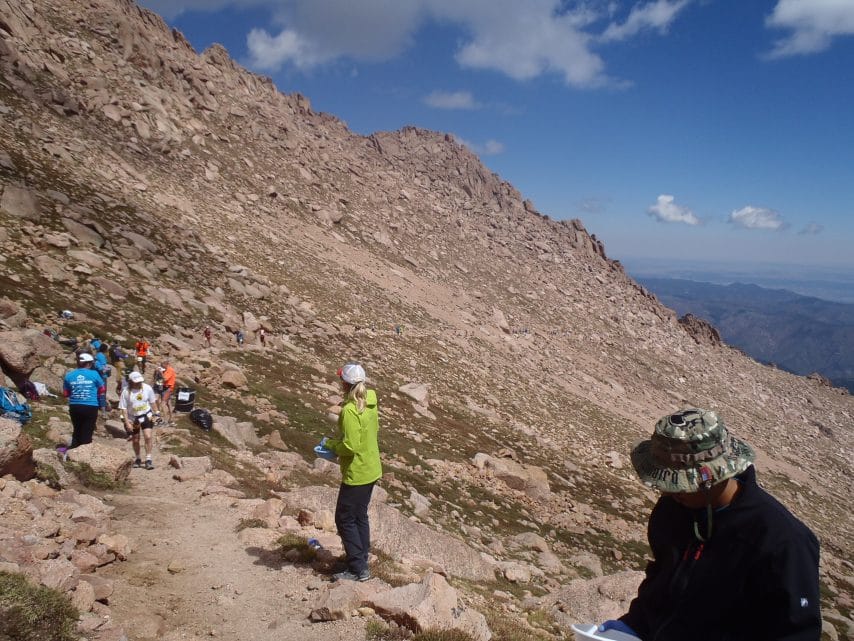 OLYMPUS DIGITAL CAMERA
OLYMPUS DIGITAL CAMERA OLYMPUS DIGITAL CAMERA
OLYMPUS DIGITAL CAMERA OLYMPUS DIGITAL CAMERA
OLYMPUS DIGITAL CAMERA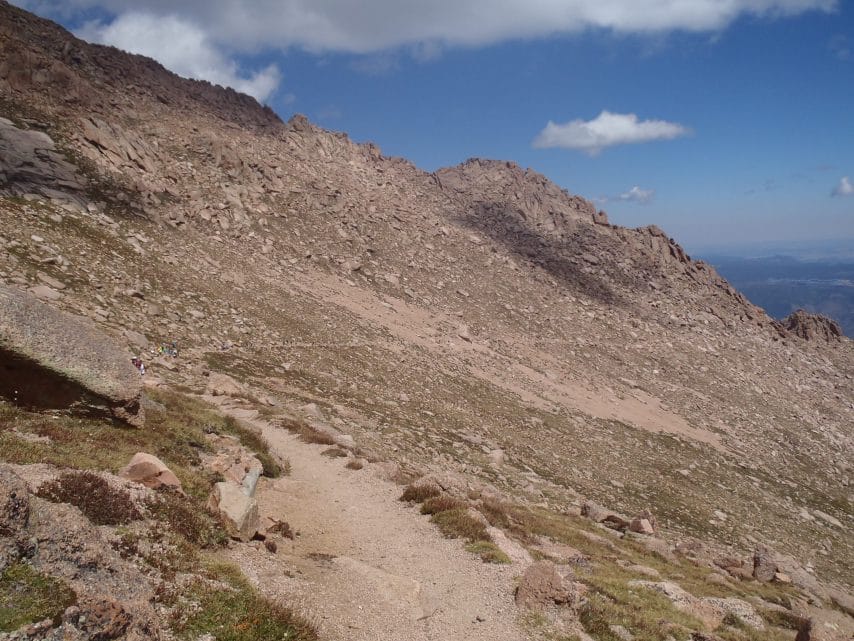 OLYMPUS DIGITAL CAMERA
OLYMPUS DIGITAL CAMERA
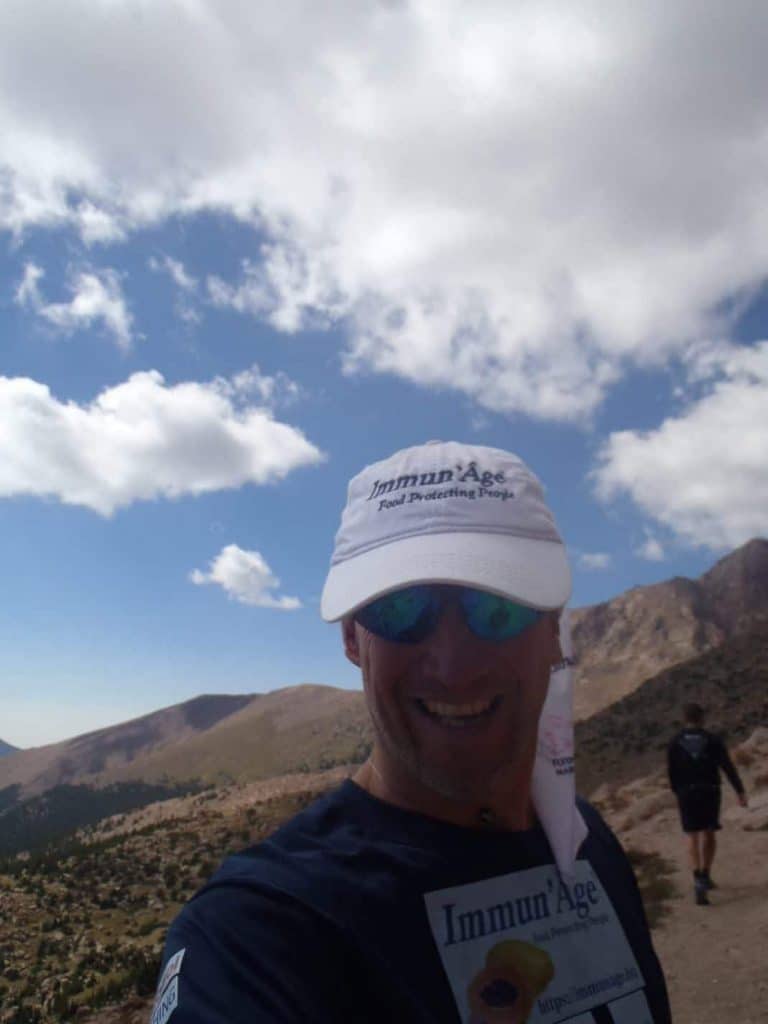 OLYMPUS DIGITAL CAMERA
OLYMPUS DIGITAL CAMERA OLYMPUS DIGITAL CAMERA
OLYMPUS DIGITAL CAMERA OLYMPUS DIGITAL CAMERA
OLYMPUS DIGITAL CAMERA OLYMPUS DIGITAL CAMERA
OLYMPUS DIGITAL CAMERA OLYMPUS DIGITAL CAMERA
OLYMPUS DIGITAL CAMERA OLYMPUS DIGITAL CAMERA
OLYMPUS DIGITAL CAMERA OLYMPUS DIGITAL CAMERA
OLYMPUS DIGITAL CAMERA OLYMPUS DIGITAL CAMERA
OLYMPUS DIGITAL CAMERA OLYMPUS DIGITAL CAMERA
OLYMPUS DIGITAL CAMERA OLYMPUS DIGITAL CAMERA
OLYMPUS DIGITAL CAMERA OLYMPUS DIGITAL CAMERA
OLYMPUS DIGITAL CAMERA OLYMPUS DIGITAL CAMERA
OLYMPUS DIGITAL CAMERA OLYMPUS DIGITAL CAMERA
OLYMPUS DIGITAL CAMERA OLYMPUS DIGITAL CAMERA
OLYMPUS DIGITAL CAMERA OLYMPUS DIGITAL CAMERA
OLYMPUS DIGITAL CAMERA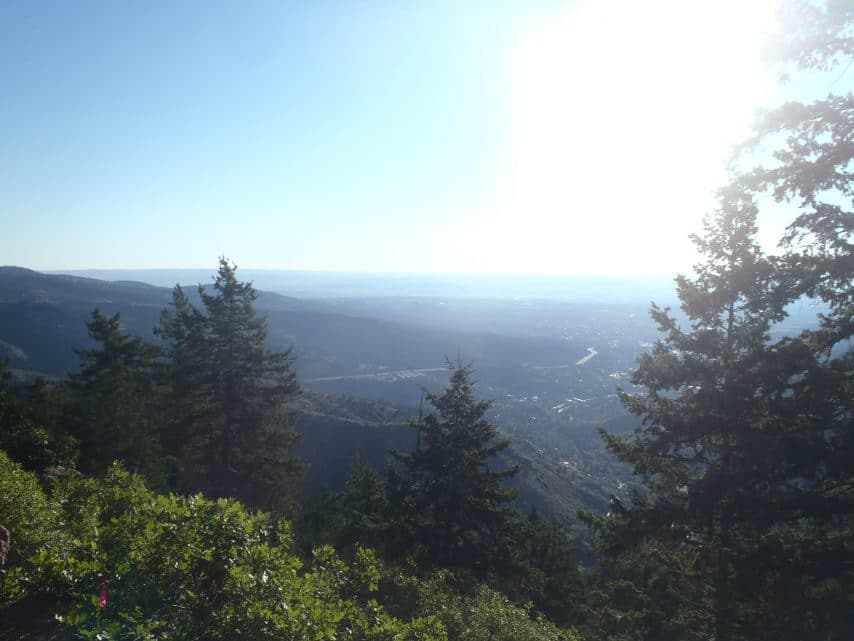 OLYMPUS DIGITAL CAMERA
OLYMPUS DIGITAL CAMERA OLYMPUS DIGITAL CAMERA
OLYMPUS DIGITAL CAMERA OLYMPUS DIGITAL CAMERA
OLYMPUS DIGITAL CAMERA OLYMPUS DIGITAL CAMERA
OLYMPUS DIGITAL CAMERA OLYMPUS DIGITAL CAMERA
OLYMPUS DIGITAL CAMERA OLYMPUS DIGITAL CAMERA
OLYMPUS DIGITAL CAMERA OLYMPUS DIGITAL CAMERA
OLYMPUS DIGITAL CAMERA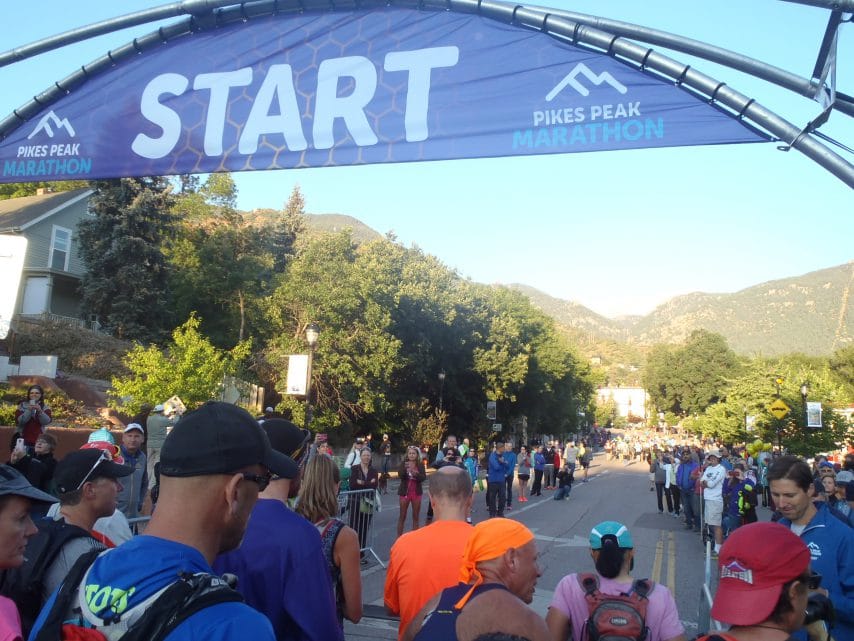 OLYMPUS DIGITAL CAMERA
OLYMPUS DIGITAL CAMERA OLYMPUS DIGITAL CAMERA
OLYMPUS DIGITAL CAMERA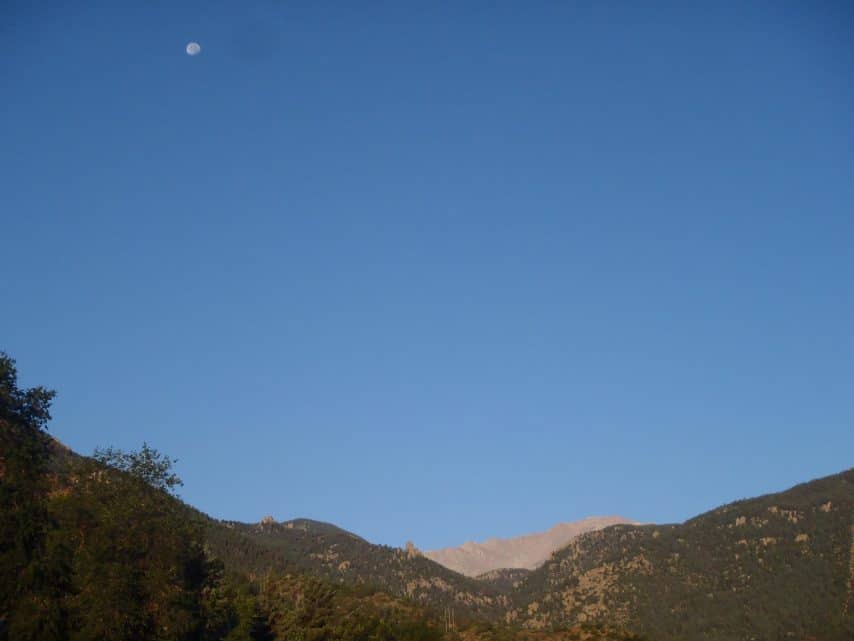 OLYMPUS DIGITAL CAMERA
OLYMPUS DIGITAL CAMERA OLYMPUS DIGITAL CAMERA
OLYMPUS DIGITAL CAMERA OLYMPUS DIGITAL CAMERA
OLYMPUS DIGITAL CAMERA OLYMPUS DIGITAL CAMERA
OLYMPUS DIGITAL CAMERA



